-
 bitcoin
bitcoin $120167.907534 USD
1.27% -
 ethereum
ethereum $4468.611945 USD
2.53% -
 xrp
xrp $3.013607 USD
1.80% -
 tether
tether $1.000549 USD
-0.01% -
 bnb
bnb $1092.592149 USD
6.28% -
 solana
solana $231.391244 USD
4.59% -
 usd-coin
usd-coin $0.999699 USD
-0.04% -
 dogecoin
dogecoin $0.259020 USD
4.30% -
 tron
tron $0.342747 USD
0.34% -
 cardano
cardano $0.860977 USD
1.07% -
 hyperliquid
hyperliquid $50.155412 USD
5.34% -
 chainlink
chainlink $22.637678 USD
0.46% -
 ethena-usde
ethena-usde $1.000528 USD
-0.07% -
 avalanche
avalanche $30.613779 USD
-0.07% -
 stellar
stellar $0.403905 USD
0.94%
How does Bollinger Bands judge overbought and oversold? How is it different from RSI?
Bollinger Bands signal overbought when price touches the upper band and oversold at the lower band, while RSI uses thresholds of 70 and 30 to identify these conditions.
May 22, 2025 at 03:28 am
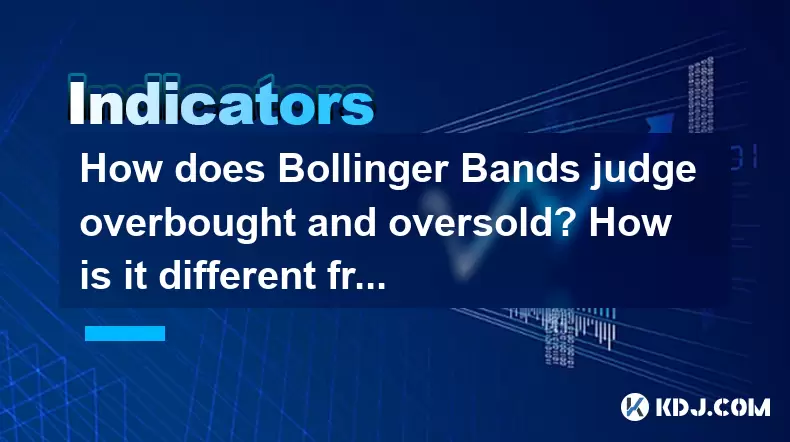
Bollinger Bands and the Relative Strength Index (RSI) are two popular technical analysis tools used by cryptocurrency traders to identify potential overbought and oversold conditions in the market. Understanding how these tools work and their differences can significantly enhance a trader's ability to make informed decisions.
Understanding Bollinger Bands
Bollinger Bands are a volatility indicator created by John Bollinger. They consist of three lines: a middle band, which is typically a simple moving average (SMA), and an upper and lower band, which are standard deviations away from the middle band. The standard settings for Bollinger Bands are a 20-day SMA for the middle band and two standard deviations for the upper and lower bands.
Bollinger Bands judge overbought and oversold conditions by comparing the price of the cryptocurrency to the upper and lower bands. When the price touches or crosses the upper band, it is considered overbought, suggesting that the price may soon revert to the mean. Conversely, when the price touches or crosses the lower band, it is considered oversold, indicating a potential price increase back to the mean.
To use Bollinger Bands effectively, traders often look for specific patterns:
- Squeezes: When the bands come close together, indicating low volatility, a significant price move is often expected.
- Breakouts: When the price breaks out of the bands, it may signal the start of a new trend.
- Reversions: When the price touches the upper or lower band and then moves back towards the middle band, it can signal a reversion to the mean.
Understanding the Relative Strength Index (RSI)
The Relative Strength Index (RSI) is a momentum oscillator that measures the speed and change of price movements. Developed by J. Welles Wilder, the RSI oscillates between 0 and 100 and is typically calculated over a 14-day period.
RSI judges overbought and oversold conditions based on its value. Traditionally, an RSI above 70 indicates that a cryptocurrency is overbought, and a value below 30 suggests it is oversold. These thresholds are not absolute and can be adjusted based on market conditions and the specific cryptocurrency being analyzed.
Traders use RSI to:
- Identify potential reversal points: When the RSI moves into overbought or oversold territory, it can signal that a price reversal is imminent.
- Confirm trends: If the RSI remains above 50, it can indicate a bullish trend, while an RSI below 50 can suggest a bearish trend.
- Divergence: When the price of a cryptocurrency moves in the opposite direction of the RSI, it can signal a potential trend reversal.
Key Differences Between Bollinger Bands and RSI
Bollinger Bands and RSI differ in several key ways:
Calculation and Display: Bollinger Bands are calculated based on the moving average and standard deviation of price data and are displayed as bands around the price chart. In contrast, RSI is a single line that oscillates between 0 and 100 and is typically displayed in a separate window below the price chart.
Volatility vs. Momentum: Bollinger Bands primarily measure volatility and are used to identify periods of high and low volatility. RSI, on the other hand, measures the speed and change of price movements, focusing on momentum.
Overbought/Oversold Thresholds: With Bollinger Bands, overbought and oversold conditions are determined by the price's relationship to the upper and lower bands. With RSI, these conditions are based on specific numerical thresholds (typically 70 for overbought and 30 for oversold).
Signals and Interpretation: Bollinger Bands provide signals through price touching or crossing the bands, squeezes, and breakouts. RSI signals are based on the RSI value crossing specific thresholds, trend confirmation, and divergence.
Practical Application of Bollinger Bands
To effectively use Bollinger Bands in trading, consider the following steps:
Identify the Middle Band: The middle band is typically a 20-day SMA. This band represents the average price over the specified period and serves as a reference point for the upper and lower bands.
Monitor the Upper and Lower Bands: The upper band is two standard deviations above the middle band, while the lower band is two standard deviations below. These bands expand and contract based on market volatility.
Watch for Price Touching the Bands: When the price touches the upper band, it may indicate an overbought condition. When it touches the lower band, it may suggest an oversold condition.
Look for Squeezes and Breakouts: A squeeze occurs when the bands come close together, indicating low volatility and a potential upcoming significant price move. A breakout happens when the price moves outside the bands, signaling the start of a new trend.
Consider Reversions to the Mean: When the price touches the upper or lower band and then moves back towards the middle band, it can signal a reversion to the mean, which is a common trading strategy.
Practical Application of RSI
To use RSI effectively in trading, follow these steps:
Calculate the RSI: The RSI is typically calculated over a 14-day period. It measures the average gain of up days against the average loss of down days.
Monitor the RSI Value: An RSI above 70 suggests an overbought condition, while an RSI below 30 indicates an oversold condition. Adjust these thresholds based on market conditions and the specific cryptocurrency.
Watch for Reversal Signals: When the RSI moves into overbought or oversold territory, it can signal a potential price reversal. Traders often look for the RSI to cross back below 70 or above 30 to confirm these reversals.
Confirm Trends: If the RSI remains above 50, it can indicate a bullish trend. If it stays below 50, it may suggest a bearish trend. Use this to confirm the overall direction of the market.
Look for Divergence: When the price of a cryptocurrency moves in the opposite direction of the RSI, it can signal a potential trend reversal. For example, if the price is making higher highs while the RSI is making lower highs, it may indicate a bearish divergence.
Combining Bollinger Bands and RSI
Many traders find value in using both Bollinger Bands and RSI together to enhance their analysis. Here's how they can be combined:
Confirm Overbought/Oversold Signals: If the price touches the upper Bollinger Band and the RSI is above 70, it provides a stronger signal of an overbought condition. Similarly, if the price touches the lower Bollinger Band and the RSI is below 30, it strengthens the oversold signal.
Identify Trend Reversals: When the price reverts from the upper or lower Bollinger Band and the RSI crosses back below 70 or above 30, it can confirm a trend reversal.
Spot Divergence: If the price breaks out of the Bollinger Bands and the RSI shows divergence, it can indicate a potential trend change. For example, a price breakout above the upper band with an RSI showing bearish divergence could signal a false breakout and a potential price drop.
Monitor Volatility and Momentum: Bollinger Bands can help identify periods of high and low volatility, while RSI can provide insights into the momentum of price movements. Together, they offer a comprehensive view of market conditions.
Frequently Asked Questions
1. Can Bollinger Bands and RSI be used for all cryptocurrencies?Yes, Bollinger Bands and RSI can be applied to any cryptocurrency. However, the effectiveness of these indicators can vary depending on the specific market conditions and volatility of the cryptocurrency being analyzed. Traders should adjust the settings and thresholds of these indicators based on the particular cryptocurrency they are trading.
2. How often should I check Bollinger Bands and RSI for trading signals?The frequency of checking Bollinger Bands and RSI depends on your trading strategy and time frame. For short-term trading, such as day trading, you might check these indicators multiple times throughout the day. For longer-term trading, such as swing trading, checking daily or weekly charts may be sufficient. Always consider the overall market context and news events that could impact the cryptocurrency market.
3. Are there any other technical indicators that work well with Bollinger Bands and RSI?Yes, several other technical indicators can complement Bollinger Bands and RSI. Some popular ones include:
- Moving Average Convergence Divergence (MACD): This can help confirm trend direction and momentum.
- Stochastic Oscillator: Similar to RSI, it can provide additional overbought and oversold signals.
- Volume: Monitoring volume can help confirm the strength of price movements indicated by Bollinger Bands and RSI.
To avoid false signals, consider the following strategies:
- Use Multiple Time Frames: Analyze the same cryptocurrency on different time frames to confirm signals. A signal on a higher time frame is generally more reliable.
- Combine with Other Indicators: Use additional indicators to confirm signals from Bollinger Bands and RSI. For example, if both Bollinger Bands and RSI suggest an overbought condition, and the MACD also indicates a bearish divergence, it strengthens the signal.
- Consider Market Context: Always take into account the broader market context, including news events and overall market trends, to validate signals from technical indicators.
Disclaimer:info@kdj.com
The information provided is not trading advice. kdj.com does not assume any responsibility for any investments made based on the information provided in this article. Cryptocurrencies are highly volatile and it is highly recommended that you invest with caution after thorough research!
If you believe that the content used on this website infringes your copyright, please contact us immediately (info@kdj.com) and we will delete it promptly.
- BlockDAG, DOGE, HYPE Sponsorship: Crypto Trends Shaping 2025
- 2025-10-01 00:25:13
- Deutsche Börse and Circle: A StableCoin Adoption Powerhouse in Europe
- 2025-10-01 00:25:13
- BlockDAG's Presale Buzz: Is It the Crypto to Watch in October 2025?
- 2025-10-01 00:30:13
- Bitcoin, Crypto, and IQ: When Genius Meets Digital Gold?
- 2025-10-01 00:30:13
- Stablecoins, American Innovation, and Wallet Tokens: The Next Frontier
- 2025-10-01 00:35:12
- NBU, Coins, and Crypto in Ukraine: A New Yorker's Take
- 2025-10-01 00:45:14
Related knowledge
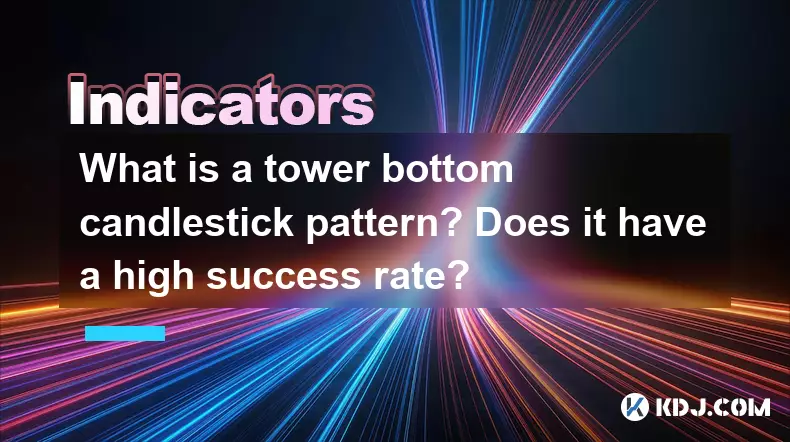
What is a tower bottom candlestick pattern? Does it have a high success rate?
Sep 22,2025 at 07:18am
Tower Bottom Candlestick Pattern Explained1. The tower bottom candlestick pattern is a reversal formation that typically appears at the end of a downt...
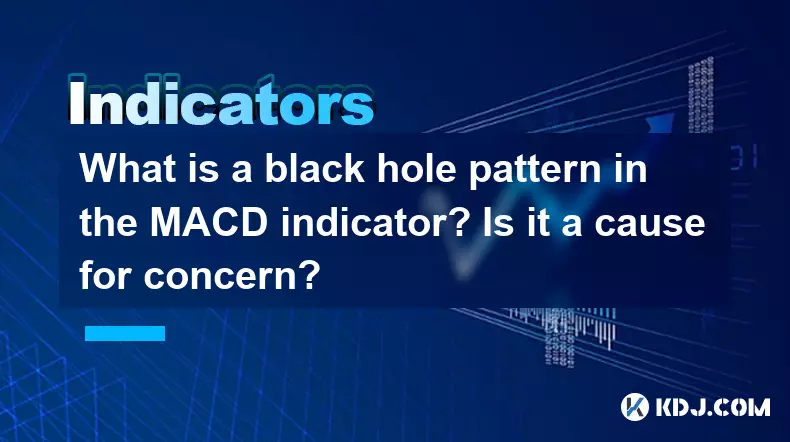
What is a black hole pattern in the MACD indicator? Is it a cause for concern?
Sep 21,2025 at 06:54pm
Bitcoin's Role in Decentralized Finance1. Bitcoin remains the cornerstone of decentralized finance, serving as a benchmark for value and security acro...

How can I use the psychological line (PSY) to determine market sentiment?
Sep 17,2025 at 02:19pm
Understanding the Psychological Line (PSY) in Cryptocurrency TradingThe Psychological Line, commonly referred to as PSY, is a momentum oscillator used...
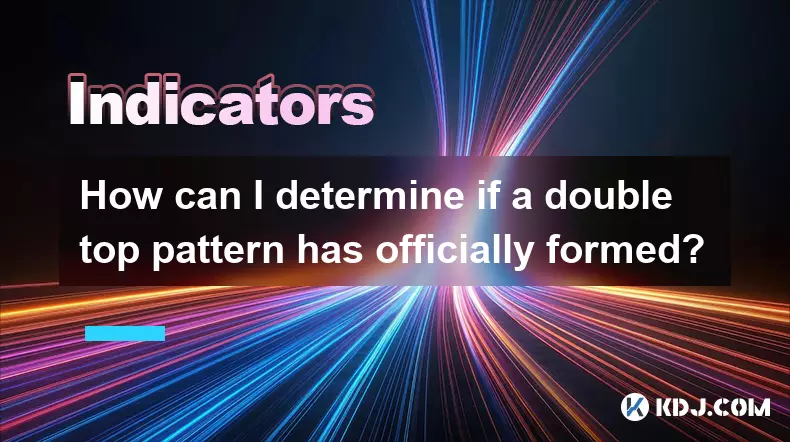
How can I determine if a double top pattern has officially formed?
Sep 21,2025 at 03:18am
Understanding the Structure of a Double Top Pattern1. A double top pattern consists of two distinct peaks that reach approximately the same price leve...
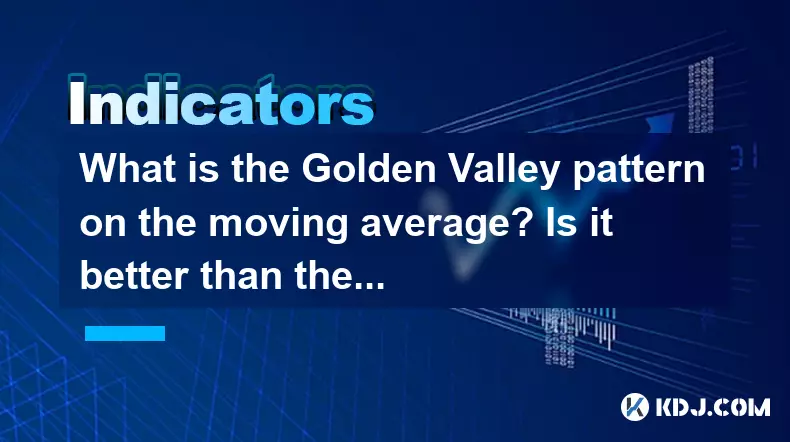
What is the Golden Valley pattern on the moving average? Is it better than the Silver Valley pattern?
Sep 21,2025 at 02:54pm
Understanding the Golden Valley Pattern in Moving Averages1. The Golden Valley pattern is a technical formation observed in cryptocurrency price chart...

What does a death cross of the RSI in the strong zone (above 50) mean?
Sep 17,2025 at 10:54pm
Understanding the Death Cross in RSI Context1. The term 'death cross' is traditionally associated with moving averages, where a short-term average cro...

What is a tower bottom candlestick pattern? Does it have a high success rate?
Sep 22,2025 at 07:18am
Tower Bottom Candlestick Pattern Explained1. The tower bottom candlestick pattern is a reversal formation that typically appears at the end of a downt...

What is a black hole pattern in the MACD indicator? Is it a cause for concern?
Sep 21,2025 at 06:54pm
Bitcoin's Role in Decentralized Finance1. Bitcoin remains the cornerstone of decentralized finance, serving as a benchmark for value and security acro...

How can I use the psychological line (PSY) to determine market sentiment?
Sep 17,2025 at 02:19pm
Understanding the Psychological Line (PSY) in Cryptocurrency TradingThe Psychological Line, commonly referred to as PSY, is a momentum oscillator used...

How can I determine if a double top pattern has officially formed?
Sep 21,2025 at 03:18am
Understanding the Structure of a Double Top Pattern1. A double top pattern consists of two distinct peaks that reach approximately the same price leve...

What is the Golden Valley pattern on the moving average? Is it better than the Silver Valley pattern?
Sep 21,2025 at 02:54pm
Understanding the Golden Valley Pattern in Moving Averages1. The Golden Valley pattern is a technical formation observed in cryptocurrency price chart...

What does a death cross of the RSI in the strong zone (above 50) mean?
Sep 17,2025 at 10:54pm
Understanding the Death Cross in RSI Context1. The term 'death cross' is traditionally associated with moving averages, where a short-term average cro...
See all articles










































































